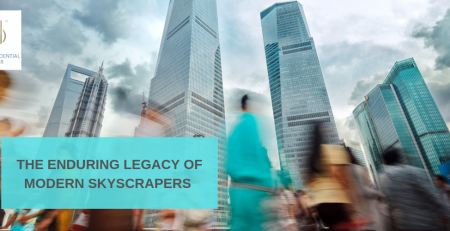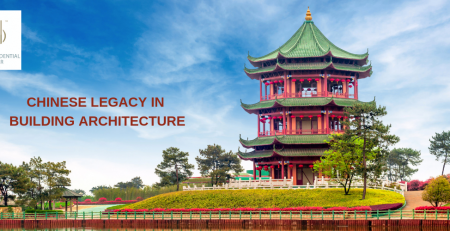The 3 Defining Principles of Chinese Building Architecture
Western building methods came to China only in the 20th century. Chinese architecture was always robust, grounded, well structured and planned. Modern buildings only sought to combine traditional Chinese designs with Gothic or European architecture that are seen in buildings such as the Shanghai Tower and The Oriental Pearl TV Tower, some of the tallest and iconic structures of the world.
Chinese architecture has certain features that make their buildings unique and fascinating, and these are found in the buildings today.
FOCUS ON THE STRUCTURAL WIDTH
Although for many centuries Chinese buildings were horizontal with a heavy platform and flat roof floating over the base, modern architectural sensibilities and their solidness of design aesthetics and has helped scale this even for tall buildings. Irrespective of the height, what such buildings never compromise on is structure and its reliance on traditional practices. With China being prone to frequent cyclones and earthquakes, their homes were built to withstand such weather and these same concepts are carried into modern buildings irrespective of how tall they are. Case in point for this is the Shanghai Tower which has a height of 632-metre and is 128-storeys which is 3rd highest in the world.
EMPHASIS ON SYMMETRY
Symmetry directly correlates with grandeur and Chinese buildings are some of the largest and grandest in the world. Every building, from farmhouses to palaces, residential homes to gardens showcase symmetry. In the Chinese teachings, symmetry is done to create a flow of energy, just like nature without obstruction.
ALIGNED WITH MULTI-STOREYED STRUCTURE
Multistorey buildings or 樓 lou are a part of Chinese architecture. Layered one over the other, their structural integrity is built on the foundation, with principles of space and interlocking grids, flow and cosmic harmony woven into every aspect of the building. The only difference are the usage of materials. Where earlier it was wood, now it is steel and metal. Yet the enduring principles make these buildings stand. This design architecture can be seen for the first time in CNTC’s The Presidential Tower at Bengaluru. One of Bengaluru’s tallest and the city’s iconic.





Leave a Reply